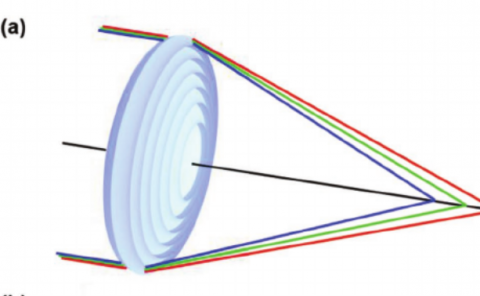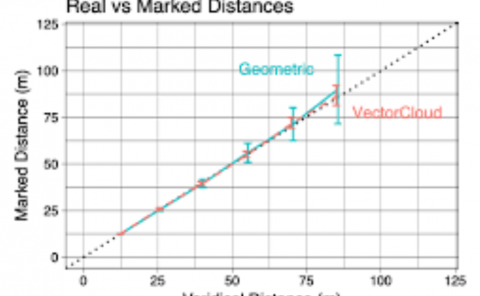Spatial Soundscape Superposition and Multimodal Interaction
PubDate: August 2020
Teams: University of AizuUniversity of Sydney
Writers: Michael CohenWilliam L. Martens
PDF: Spatial Soundscape Superposition and Multimodal Interaction

Abstract
Contemporary listeners are exposed to overlaid cacophonies of sonic sources, both intentional and incidental. Such soundscape superposition can be usefully characterized by where such combination actually occurs: in the air, at the ears of listeners, in the auditory imagery subjectively evoked by such events, or in whatever audio equipment is used to mix, transmit, and display such signals. This chapter regards superposition of spatial soundscapes: physically, perceptually, and procedurally. Physical (acoustic) superposition describes such aspects as configuration of personal sound transducers, panning among multiple sources, speaker arrays, and the modern challenge of how to integrate and exploit mobile devices and “smart speakers.” Perceptual (subjective and psychological) superposition describes such aspects as binaural image formation, auditory objects and spaces, and multimodal sensory interpretation. Procedural (logical and cognitive) superposition describes higher-level relaxation of insistence upon literal auralization, leveraging idiom and convention to enhance practical expressiveness, metaphorical mappings between real objects and virtual position such as separation of direction and distance; range -compression and -indifference; layering of soundscapes; audio windowing, narrowcasting, and multipresence as strategies for managing privacy; and mixed reality deployments.



